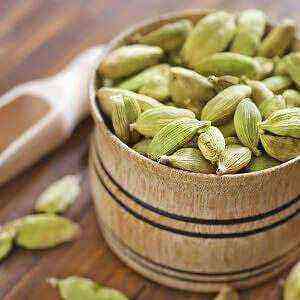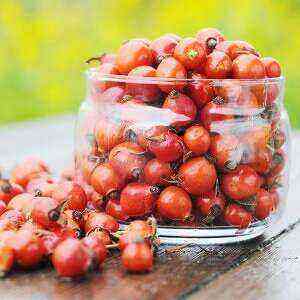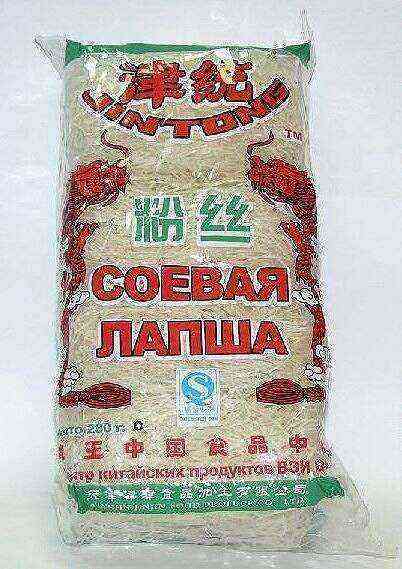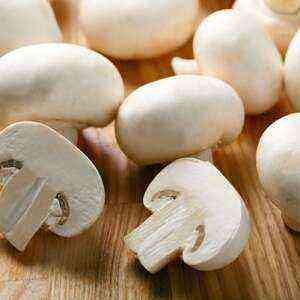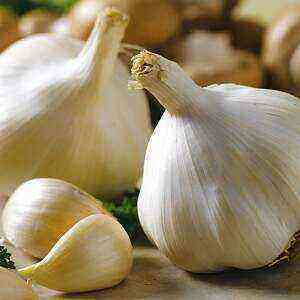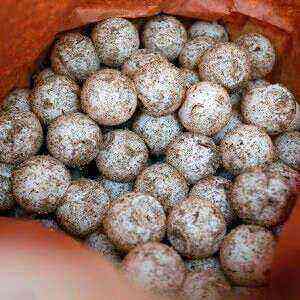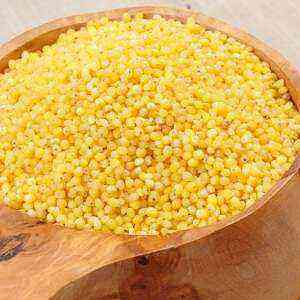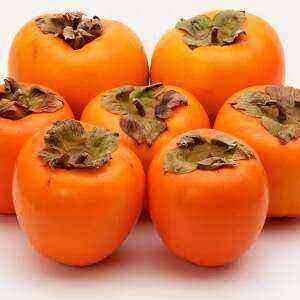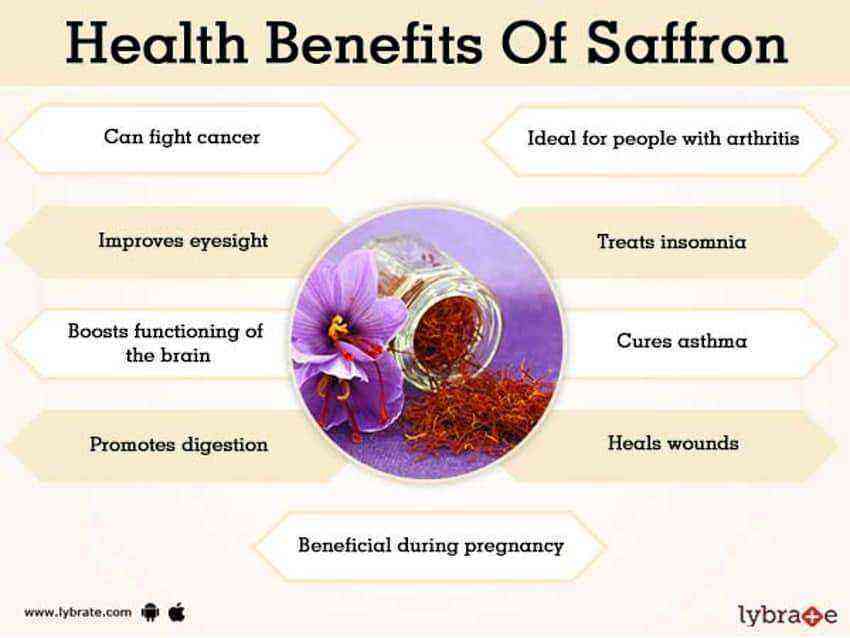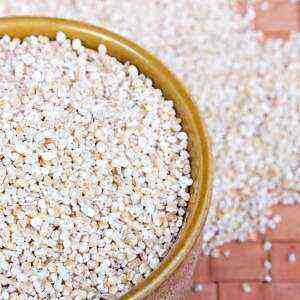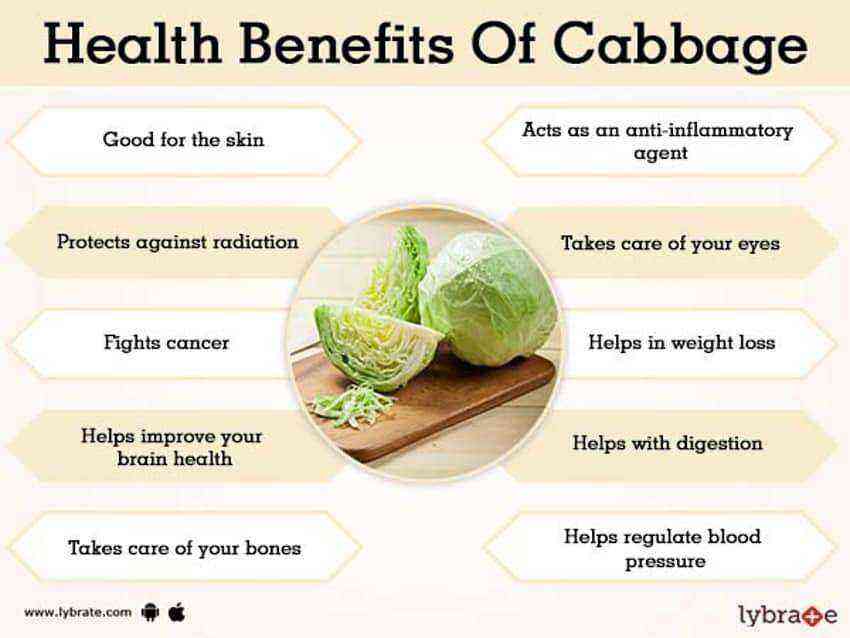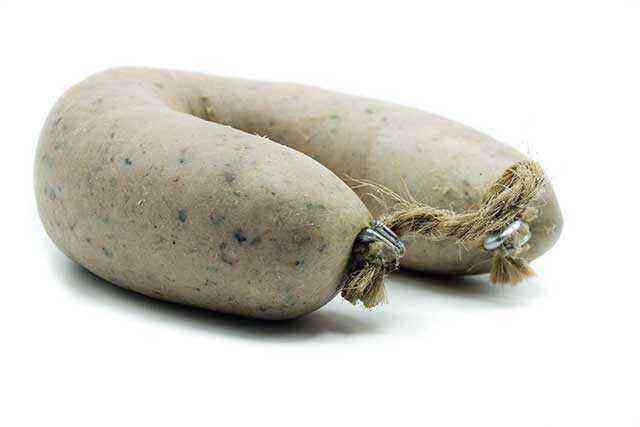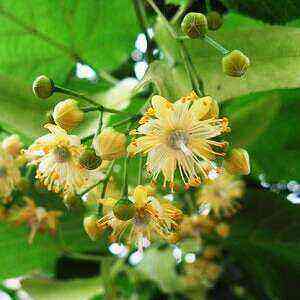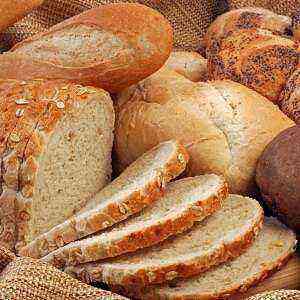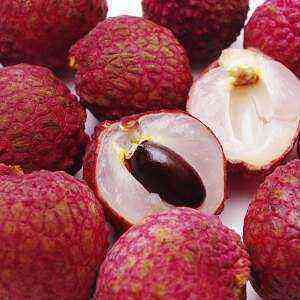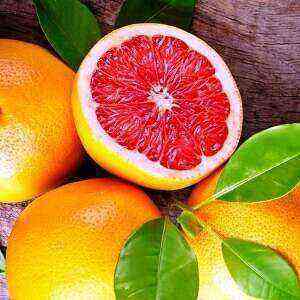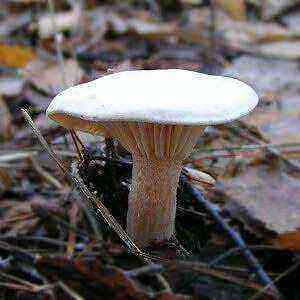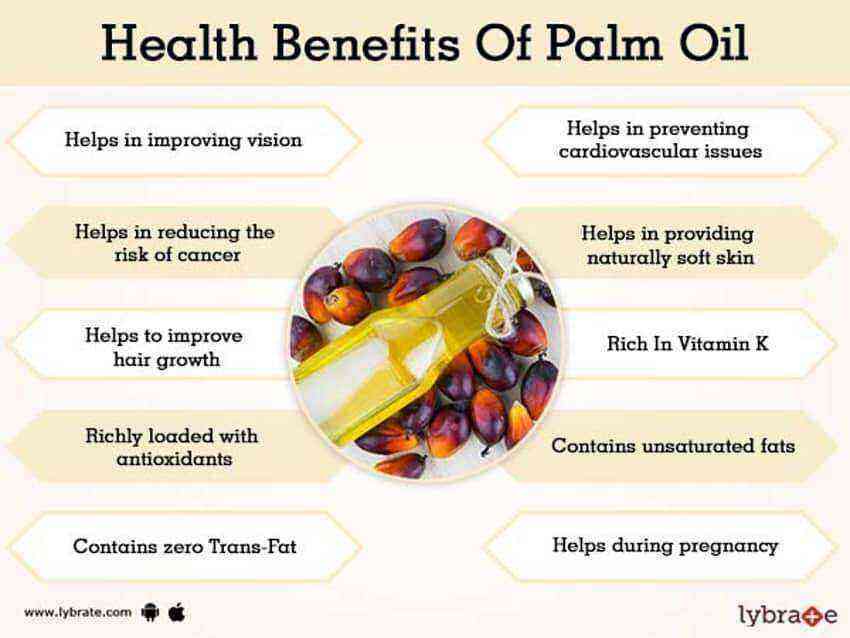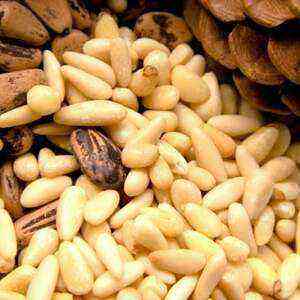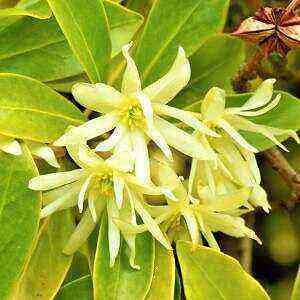
Let us consider in more detail why star anise is needed, what are its benefits and harms.
Overview
The birthplace of star anise is Japan and Southeast China. In addition to these countries, the plant is cultivated in Vietnam, Cambodia, India, Indonesia, the Philippines, Jamaica.
Depending on the region of growth, anisexes received several synonymous names: Chinese, small-flowered, wild, Siberian, Indian anise. The plant is grown mainly for the sake of obtaining spices and essential oils.
For culinary and cosmetic purposes use the fruits, roots and stems of the bush. In addition, exquisite reddish wood and odorous incense are obtained from its crown.
An anise star flower remotely resembles a daffodil, which, depending on climatic conditions, may have yellow, lemon or purple color. After wilting, it forms a large cluster of “sacs”, which looks like a multi-pointed star with 6 to 12 rays. As they ripen, the fruits become stiff and change color to dark brown. Inside each “basket” a shiny seed is formed, which is used as a spice.
It is interesting that young trees bear fruit 5 years after planting, and full-fledged edible fruits ripen only for 15 years.
Some types of star anise pose a threat to human health because they synthesize poison. Malicious varieties include: ash (wild), Japanese, anise, and thicket anise. These plants grow exclusively in Asia. Therefore, when buying oriental spices, it is important to carefully look at the name of the raw material, the country of manufacture, and the certificate of compliance with quality.
Chemical composition
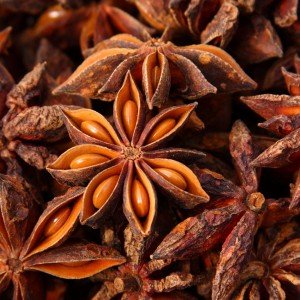
In addition, in Illicium there are:
- mineral salts;
- vitamins of groups B, A, C;
- micro and macro elements (zinc, magnesium, iron, copper, phosphorus, selenium, potassium, calcium, manganese);
- safol;
- terpenes (limonene, karen, cimen, dipentene, alpha-pinene, fellandren);
- beta-fellandren;
- organic acids (shikimic, malic)
- fixed oils;
- cineole;
- tannins;
- hydroquinone ethyl ester.
It is interesting that in one “star” star anise contains 300 – 310 kilocalories, which is identical to the energy value of 100 grams of boiled beans. An impressive caloric “weight” to the fruits is given by protein and carbohydrate molecules concentrated in the plant.
On an industrial scale, cosmetic essential oil is obtained from illicium seeds. In this case, the liquid acquires a characteristic aroma due to the presence of monocyclic terpene 1,4-cineole (which differs from anise, in which this component is not present). The yield of essential oil from anise flowers is 7-8%.
Useful Properties

Benefits for the body:
- It dilutes and removes sputum, improves respiratory function, has a warming effect in respiratory infections. In addition, star anise, is used as an inhalation agent for inflammatory processes in the oral cavity, trachea, and bronchi.
- Normalizes the digestive tract, eliminates flatulence, prevents indigestion. Effective with increased gas formation and intestinal colic in infants.
- Improves metabolic processes in the endocrine ring, activates the secretory function of the pancreas.
- Increases breast milk production.
- Increases male potency and female libido.
- Reduces headaches.
- Excites appetite.
- Potentiates bile secretion.
- Improves mood, reduces psycho-emotional excitability.
- Stimulates estrogen synthesis.
- Increases the body’s resistance to infections, strengthens the immune system.
- Enhances intestinal motility.
- Eliminates halitosis.
- Prevents sticking of cholesterol plaques on the walls of blood vessels.
Star anise for women is of particular value, as it eases pain during menstruation and normalizes the cycle. At the same time, in the lactation period, it is recommended to refrain from using spices.
Application in medicine
Given that anise oils contain essential oils, tannin resins, flavonoids, organic acids and antibacterial components, the plant has found widespread use in folk medicine.
The root, seeds and stems of the shrub have the most powerful therapeutic effect.
Indications for the use of star anise:
inflammation of the kidneys and bladder caused by a bacterial infection (cystitis, nephritis, oliguria);
- tonsillitis, tonsillitis;
- diabetes;
- respiratory diseases (pneumonia, bronchitis, tracheitis);
- decreased synthesis of sex hormones (estrogen);
- flu, respiratory infections;
- headache, migraines;
- cough of any etiology, with the exception of allergic;
- tachycardia, heart rhythm disturbance;
- digestive tract pathologies (gastritis, ulcer, pancreatitis, gastric colic, constipation);
- neurosis, hysteria, nervous agitation;
- diarrhea;
- hormonal dysfunctions (in complex therapy);
- pronounced premenstrual syndrome;
- facial neuralgia;
- eczema, dermatitis;
- cardiac ischemia;
- tuberculosis;
- feverish conditions;
- nausea, indigestion, flatulence;
- bleeding;
- impotence;
- strokes, heart attacks (in complex therapy)
- parasitic infestations.
In addition, star anise is used in traditional medicine to improve the taste of drugs.
Cooking application
Star anise and anise, what’s the difference?
In many recipes, these cultures are used as interchangeable spices. However, it is incorrect to call star anise and anise “relatives”, since they have different purposes and chemical composition. In addition, the first plant is a tropical tree, and the second is an annual grass.
What does star anise taste like?
Illicium has a slightly bitter astringent relish, and smells like ordinary anise. At the same time, its aroma is richer, thinner and more complex. The main component of both spices is anethole, which gives the seasonings similar taste, healing and aromatic properties. Antiseptic phenol accounts for 80 – 90% of the essential oil ingredient composition. At the same time, the other components of the plants are different, which determines their taste and application possibilities.
It is interesting that only experienced gourmets are able to catch the subtle difference between star anise and anise.

Anise, on the contrary, is ideal for the production of muffin, bread and the preparation of seafood dishes. Interestingly, the fruits of the first plant are combined with cinnamon, cloves, cardamom, garlic and ginger, and the second with fennel, coriander and bay leaf.
In cooking, dried crushed star anise is most often used, and in the confectionery industry – a spice in the form of an asterisk.
Useful tips:
- The fruits of star anise are chopped immediately before cooking.
- Spice is added to pastry during kneading.
- Strawberries are placed in sweet drinks 5 to 10 minutes before the end of cooking. After that, the dish is covered with a lid and insisted for 10 – 15 minutes.
- If a star anise seed is laid inside a duck, chicken or pheasant, then the bird acquires a piquant sweetishly sharp taste.
- Cherry, cherry plum or plum jam will be more aromatic if 10-15 minutes before the end of cooking add ground star anise (6-8 liters – 1 star). Thanks to seasoning, fruit jam will not sugary during storage.
- Star anise is included in the composition of homemade alcoholic beverages (vodka, liquor, cognac), since it eliminates the unpleasant aftertaste of alcohol.
- Star anise is stored in a dense glass container away from direct sunlight.
- Fragrant spice is “not afraid” of heat treatment, therefore it can be used at the beginning of cooking.
- To enhance the taste of star anise, seasoning is combined with sugar or vegetable oil.
- When buying illicium, it is better to give preference to whole fruits of red-brown color, since the crushed spice loses its flavor faster.
- Star anise enhances the taste of onions, garlic, sweet pepper. Therefore, the spice is advisable to use during the preparation of rice and vegetable dishes.
Remember, adding star anise to food is important in moderation, since excess gives bitterness to the dish.
Противопоказания
Despite its useful properties, some people are strictly forbidden to use illicium.
Contraindications:
- bronchial asthma;
- allergic reactions;
- idiosyncrasy;
- epilepsy;
- pregnancy;
- nervous irritability;
- children’s age (up to 12 years).
In addition, with severe psychiatric disorders and neurological diseases, taking this spice can be harmful to health.
Remember, abuse of star anise is fraught with vomiting, nausea, pulmonary edema.
Tasty healthy drinks
 Traditional tea with star anise
Traditional tea with star anise
Method of preparation:
- Grind an asterisk into a powder (in a mortar or coffee grinder).
- Ground fruits of the plant pour 50 milliliters of boiling water.
- Insist a drink in a thermos (15 – 20 minutes).
- Strain the resulting extract through a sieve or gauze cut.
Star anise tea is used in pure or diluted form (for coughing). To add flavor to the drink, a small portion of the infusion is added to tea or coffee, and to combat bronchial disease it is diluted with hot water (up to 100 milliliters).
Oriental tea with spices
This drink resembles the Indian massala, but it has much less milk and much more honey.
For 500 milliliters of infusion you will need:
- 7 – 9 grams of black leaf tea (2 teaspoons without a mountain);
- 45 milliliters of natural honey (3 tablespoons);
- 3 bud of carnation;
- 8 milliliters of milk (half a tablespoon);
- “Asterisk” star anise;
- 2 to 3 grains of cardamom;
- cinnamon stick.
How to make a spicy drink?
- Pour tea leaves with hot water (not higher than 90 degrees).
- Insist a drink for 5 minutes, then strain.
- Grind cooked spices.
- Add spices to tea.
- Stir the mixture over low heat for 3 minutes, avoiding boiling.
- Introduce milk into the infusion and bring to a boil.
- Add natural honey to the mixture (when it cools down to 50-60 degrees).
Tea with spices is classified as a warming drink, so it is ideal for the winter season.
Star anise tea for colds
The main ingredients:
- 5 rosehip berries;
- star anise star;
- 3 – 5 grams of grated ginger.
Combine these components, pour 400 milliliters of boiling water, insist 2 – 4 hours in a thermos. Infusion is taken before meals 3 times a day for 100 milliliters.
Tincture of star anise
To create a warming alcoholic concentrate, grind 10 grams of “star” anise. Then the raw material is poured with 100 milliliters of homemade vodka. The infusion period is 21 days. After that, the composition is filtered and poured into a glass bottle.
Anadic tincture is taken with:
- coughing (5 milliliters 4-5 times a day with 5 milliliters of honey);
- boils and skin rashes (add to bath water);
- sweating and fungal infections of the legs (15 milliliters of infusion per liter of water).
In addition, alcohol elixir is used for weight loss, since spice speeds up metabolism and improves intestinal motility (5 milliliters 3 times a day 15 minutes before meals).
Application in home cosmetology
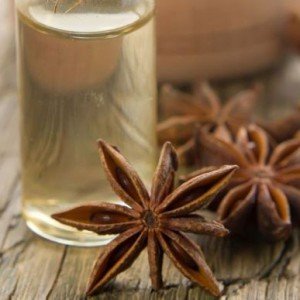
Effects of using aromatic oil:
- increases turgor of the dermis;
- improves lipid metabolism in the skin;
- brightens age spots on the face;
- smoothes the structure of the dermis, reduces cellulite;
- disinfects the skin, preventing the appearance of acne;
- restores the lipid mantle of the epidermis after burn wounds;
- increases the elasticity and elasticity of the cover.
Where to add star anise essential oil?
Aromatic concentrate is enriched with face care products (tonics, serums, creams), body (lotions, gels), hair (shampoos, conditioners). In addition, star anise oil is added to bathtubs and massage mixes.
Dosage of fragrant ether:
- with the introduction of oil in a cosmetic preparation – 3 drops of infusion per 30-50 milliliters of the base;
- when creating therapeutic oil emulsions – 3 – 5 drops per 30 – 35 milliliters of the “base”;
- in case of aromatherapy – 2-3 drops per 15 square meters of area (pre-fill the lamp with water and light a candle);
- during massage – 3 drops of essential liquid per 10 grams of cream;
- with hot inhalations – 1 drop per container with water or an inhaler (duration of the procedure – 5 – 7 minutes);
- during bathing – 2-3 drops per 150 liters of water, previously diluted in 15 grams of emulsifier (honey, sea salt, milk).
In addition, it is advisable to use a decoction of anise flowers to rinse the hair. As a result of regular use of the infusion, the structure of the hair is improved, the hair follicles are strengthened, and the oily skin is reduced.
What can replace star anise?
Instead of illicium oil, it is permissible to put aniseed ether in cosmetics. Given that the main component of both plants is anethole, the therapeutic effect of fragrant spices is almost the same.
Remember, applying pure essential oils to the skin is strictly prohibited, as they cause burns.
Conclusion
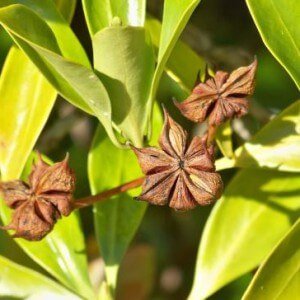
With regular intake of star anise tea, appetite increases, the gastrointestinal tract normalizes, the common cold “goes away”, the pancreatic enzyme function is activated, bad breath is eliminated, and the frequency of spasmodic pains in the intestines decreases. However, during pregnancy, epilepsy, allergies, and bronchial asthma, star anise is strictly prohibited. In addition, large portions of spice can “overexcite” the nervous system, cause vomiting, nausea and dizziness.
In order not to harm health before consuming star anise carefully study the medicinal properties and contraindications to the use of the plant.
 inflammation of the kidneys and bladder caused by a bacterial infection (cystitis, nephritis, oliguria);
inflammation of the kidneys and bladder caused by a bacterial infection (cystitis, nephritis, oliguria);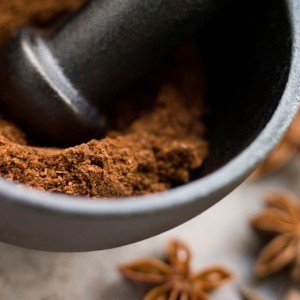 Traditional tea with star anise
Traditional tea with star anise